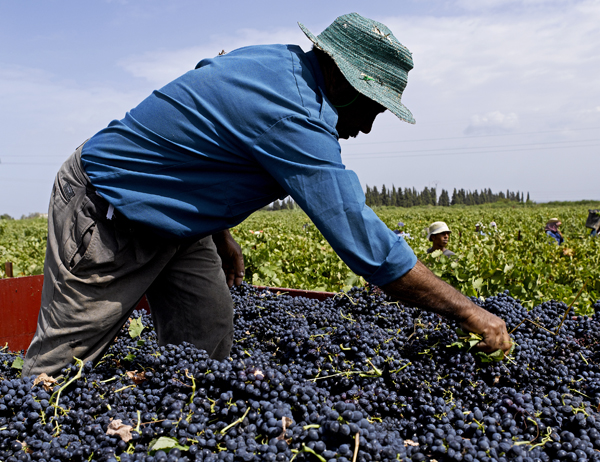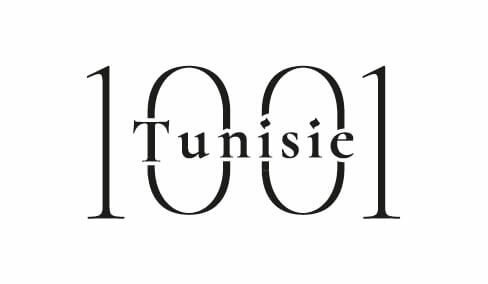
The ups and downs of history … heckled by nature and men
Viticulture is an integral part of Tunisian agriculture until the Arab invasion in the first half of the eighth century. From that moment, the wine has had a somewhat contentious history with the Islamic religion forbids. Viticulture became anecdotal until the years of the French protectorate in the late nineteenth century.
French, Italians, Maltese revived when the vine and wine in a country where the environment, soil and ideal climate allowed the development of their Cabernet Sauvignon, Merlot, Syrah, Pinot Black, Chardonnay and also Carignan.
The Tunisian vineyard grew to 56,000 hectares in the 30’s … before being eaten by phylloxera that constrained our viticulturists to pull more than 40% of the vineyard. But soon after the war, and began replanting the Tunisian vineyard area dated back to 45,000 hectares in 1960.
Disinterest winemakers and generalization of cooperatives would still carry a brake on the vineyard.
At the end of the last century, our winery and our wines again resumed their growth. Organizations and foreign private to invest in Tunisia. The methods are modernized. Innovation was at the rendezvous … Until the borders of the Sahara where, in 2001, a project envisaged the rehabilitation of the vine from specific varieties like Bidh HMEM, Chasselas Doré, the Turky, the Razegui obviously adapted … to desert conditions in the region of South-East of Tunisia.
Today, our growers produce between 300 and 400 000 hectoliters of wine, even recording a peak of 600 000 hectoliters in 2007.
Regions and vintages
The wine is still largely unknown Tunisia, Tunisians themselves and foreign professionals. For years, however, the Tunisian wine flooded the throats of French, European and Tunisian.
When transferred to France and Europe, when it did not cut the French wines, bottles were dressed with a label more “conventional” for franciser drink palaces enthusiasts “plonk” rather than knowledgeable wine experts.
Today, if European professionals are still largely under-informed and under-fed in Tunisian wine, our red, rosé, white and other champagne methods gently take their revenge.
Now the Tunisian wine clear its national and regional origin. Moreover, its best wines all the awards under numerous international competitions in Paris, Brussels, Madrid, Vienna, Milan …
Seven “AOC” in Tunisia
Tunisia has seven wine “Appellation d’Origine Contrôlée ‘(AOC)(names from controlled origines), 20% receive the Premier Cru label.
AOC “Grand Cru Mornag” and “Grand Mornag” forty kilometers south of Tunis, produce red, rosé and white on the regions of Grombalia, Takelsa to Korba and Enfidha.
AOC “Thibar” a Muscat wine and mistelle muscat, produced in the North West of Tunis, at a place called St. Joseph Thibar in the governorate of Beja.
AOC “Slopes of Utica,” brings together Feriani Castles, Domaine Karim, Mateur and Coteaux Coteaux de Bizerte, red and rosé wines produced forty kilometers north of Tunis.
AOC “Tebourba” in areas south of Tunis and Bizerte, produces red and rosé; Tebourba the Coteaux, Schouigu Coteaux, Domaine Lansarine and Tebourba Village, reds and rosés.
AOC “Sidi Salem”, red and rosé produced thirty kilometers south of Tunis. It brings together the Château Khouaguet, Domaine Nepheris, Khanguet Village, Khanguet Coteaux, in the regions of Nabeul and Grombalia.
Finally, the AOC “Kelibia” produces its wines from the Muscat of Alexandria or “Muscat Kélibia” in the regions of Kelibia and Tazerka, the governorate of Nabeul.
{mainvote}


 َAbonnez-vous
َAbonnez-vous

